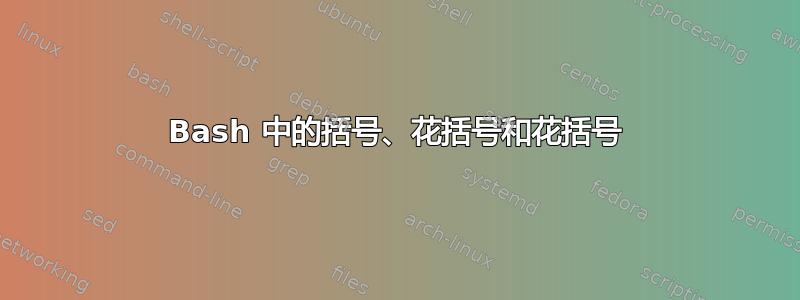
谜底如下:
如果我做:
touch file{1,2,3}
它创建文件 1、文件 2、文件 3
如果我这么做
rm file[1-3]
它会删除它们。
但如果我这么做
touch file[1-3]
它创建:
file[1-3]
为什么?
答案1
如果你花时间阅读手册页而不是制造谜语:
Brace Expansion
Brace expansion is a mechanism by which arbitrary strings may be
generated. This mechanism is similar to pathname expansion, but the
filenames generated need not exist.
...
Pathname Expansion
After word splitting, unless the -f option has been set, bash scans
each word for the characters *, ?, and [. If one of these characters
appears, then the word is regarded as a pattern, and replaced with an
alphabetically sorted list of filenames matching the pattern (see
Pattern Matching below). If no matching filenames are found, and the
shell option nullglob is not enabled, the word is left unchanged.
...
Pattern Matching
Any character that appears in a pattern, other than the special pattern
characters described below, matches itself. ...
The special pattern characters have the following meanings:
...
[...] Matches any one of the enclosed characters. A pair of
characters separated by a hyphen denotes a range
expression; any character that falls between those two
characters, inclusive, using the current locale's
collating sequence and character set, is matched.
file[1-3]扩展为名为file1、file2、的文件file3。仅当匹配文件存在时才会进行文件名扩展。如果不存在,则模式保持原样。因此,对于名为file1、file2、的文件file3,file[1-3]将扩展为file1 file2 file3。如果没有这些文件,它不会扩展,并保持为file[1-3]。对于{...},文件名不必存在,因此无论文件是否存在,file{1..3}都会扩展为。file1 file2 file3


